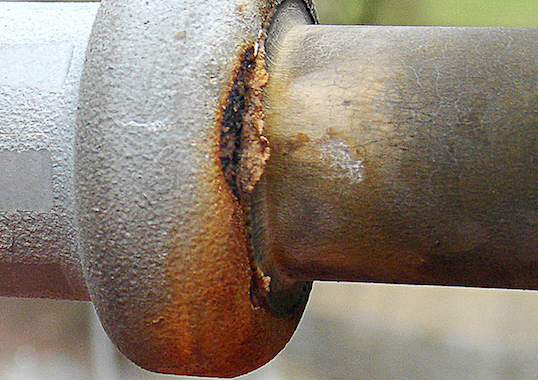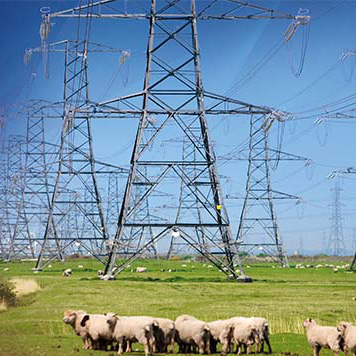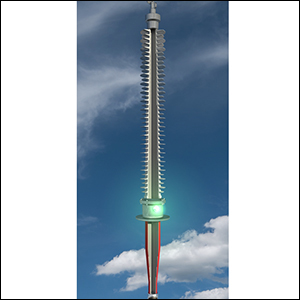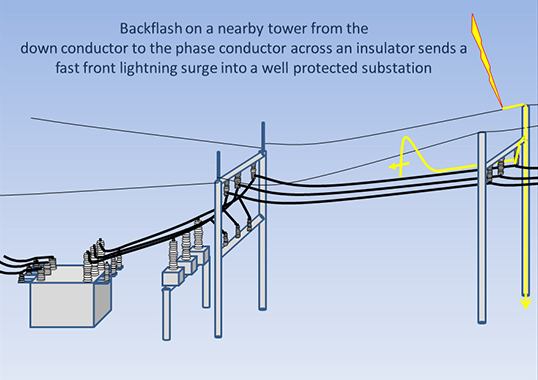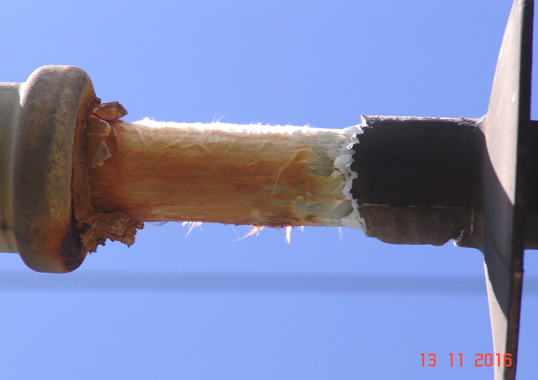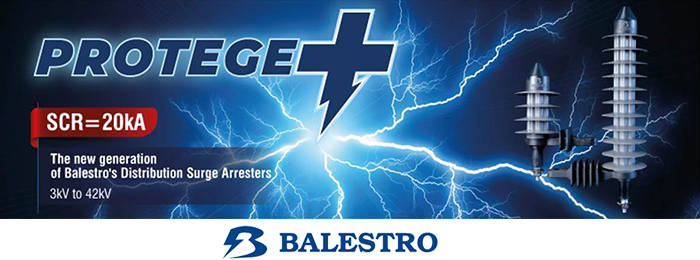Electrical engineers borrowed the Latin word ‘corona’ (crown) to describe the glow around a conductor subject to sufficiently high voltage. This glow is caused by ionization of gas and subsequent release of light when electrons that gained energy from the high electric field revert to their original stable state. Since the discharge does not bridge the space between electrodes, corona is sometimes referred to as partial discharge. The reason glowing is localized only around the source is that insulation provides a barrier to further ionization. Also, electric field decays rapidly with increasing distance and is unable to sustain the ionization.
For all practical purposes, corona cannot be seen or heard without specialized equipment. Any resulting degradation in a material is initiated at the molecular level. Therefore, inorganic dielectrics such as porcelain and glass that possess strong chemical bonds have higher resistance to being degraded than do organic polymers.
But this should not lead to the assumption that the service life of composite insulators on transmission lines subject will always be limited by this phenomenon. Corona can be mitigated or even eliminated through good design and manufacturing. Nevertheless, it is important to realize that, should there be sustained corona activity near polymer insulator housings, their effective service life can be significantly shortened.
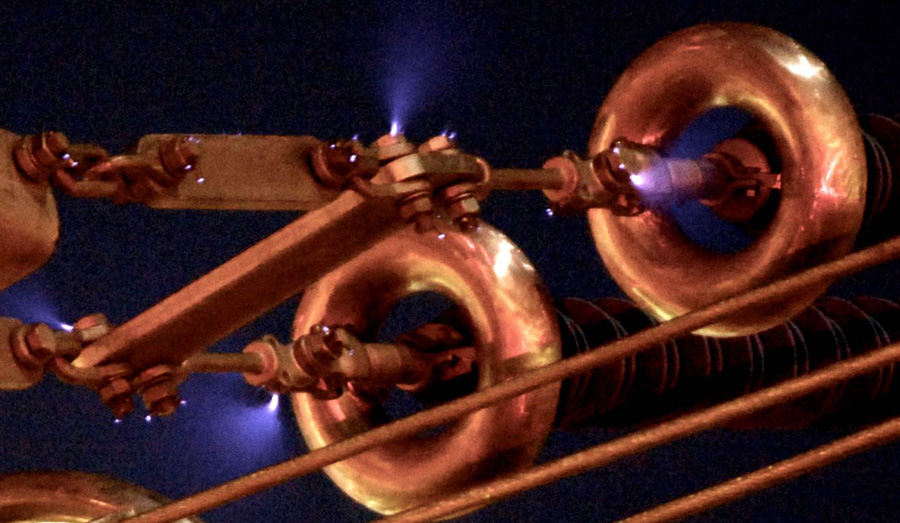
It has long been known that corona can lead to insulation failure. However not all aspects of the problem are yet fully understood and are still researched, including magnitude and duration of corona to initiate degradation, best detection methods and development of suitable tests to predict performance in its presence. When it comes to composite insulators, corona activity can originate from hardware, voids within the material or from interfacial defects. Most of the light produced by such corona has a wavelength shorter than 400 nm and therefore falls in the UV range. By contrast, most solar radiation is in the 400-700 nm visible range – the shorter wavelengths filtered by the earth’s ozone layer. In fact, some peaks in the UV region of the corona spectrum match or exceed those in the solar spectrum. Polymeric materials are more susceptible to degradation from UV produced by corona than from solar radiation, particularly if the corona takes place close to the material.

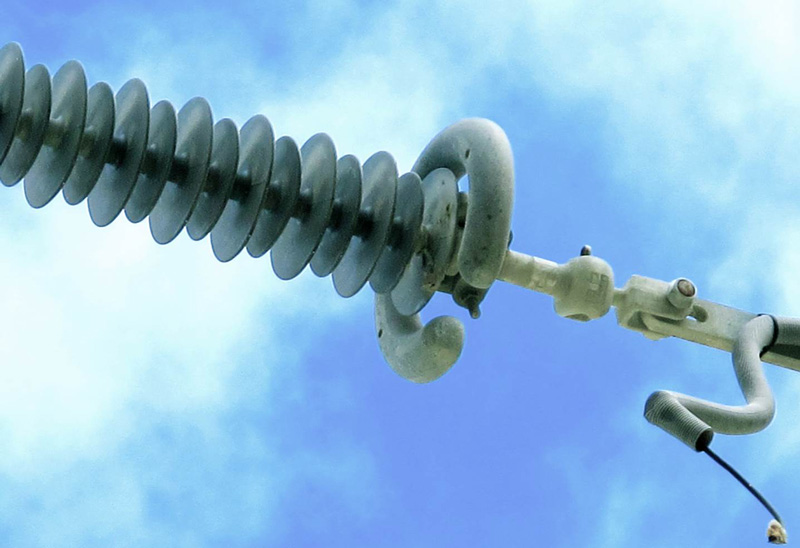
Corona ruptures stable oxygen molecules (O2) to create radicals that combine with the molecules to form ozone (O3). The ozone then attacks double and triple bond sites in elastomeric materials such as silicone rubber or EPDM. The result is cracking. Even tiny amounts of ozone in the ppm range are sufficient to initiate cracks, however the time required for this depends on material formulation. Although most modern elastomers are stabilized against this threat, some eventually succumb to ozone attack should its concentration become sufficiently high.
Corona also produces oxalic and nitric acids in the presence of surface moisture from humidity, dew or fog. Depending on pH, this can also locally degrade polymers. Corona can even ‘drill’ holes in a material, suggesting that degradation is not solely due to chemical attack by ozone. In fact, researchers have calculated the temperature at the tip of the discharge and shown it to be high enough to cause ‘evaporation’ of even inorganic materials. There is also suggestion of mechanical attack, somewhat like sandblasting, due to the impact of repeated discharges on a material.
Indeed, it is rare in all power engineering that only one physical phenomenon can trigger so many possible modes of degradation.
[inline_ad_block]

